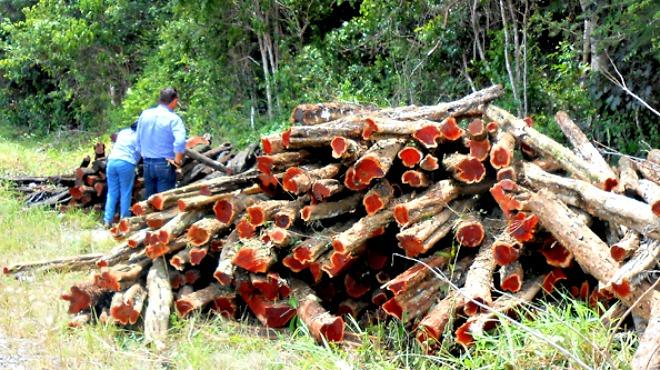[1] Potter's New Cyclopaedia of Botanical Drugs and Preparations R.C. Wren
Revised by Elizabeth M. Williamson and Fred J Evans. First published in Great
Britain in 1988 and reprinted in 1989 and 1994 by the C. W. Daniel Company Limited.
1 Church Path, Saffron Walden Essex. Published 1988 Printed and bound by Biddles,
Guildford ISBN 085207 1973.
Images
1.
au.pinterest.com
2.
unioncancun.mx Hematoxylin 10%- a red-brown pigment.[1]
Tannin, resin and volatile oil.[1]
References
[1] Martindale. The Extra Pharmacopoeia, 27th Ed. Pub. The Pharmaceutical Press
(1977) UK
 Haematoxylum
campechianum. Haematoxylon campechianum
Bloodwood, Logwood, Peachwood
Family: Leguminosae
Haematoxylum
campechianum. Haematoxylon campechianum
Bloodwood, Logwood, Peachwood
Family: Leguminosae
